 Winter 2022 Update
Winter 2022 Update
AutoAquaponics Progress From Winter of 2022
Though Northwestern began the quarter with a 2-week quarantine period due to the threat of Omicron on campus, AutoAquaponics continued our momentum by finishing out the plumbing build of our system, a fully-functional version 1.0 of our software prototype, and most of our smart outlet box build. We also got a new recruit, Natalie Brewster, who will be joining our software team to begin creating an exciting new version of our current GUI program starting Spring Quarter. On the plumbing side, we spiced up our fish tank and grow beds by spray painting them a very Northwestern purple (color scheme designed by Sandra Chiu):
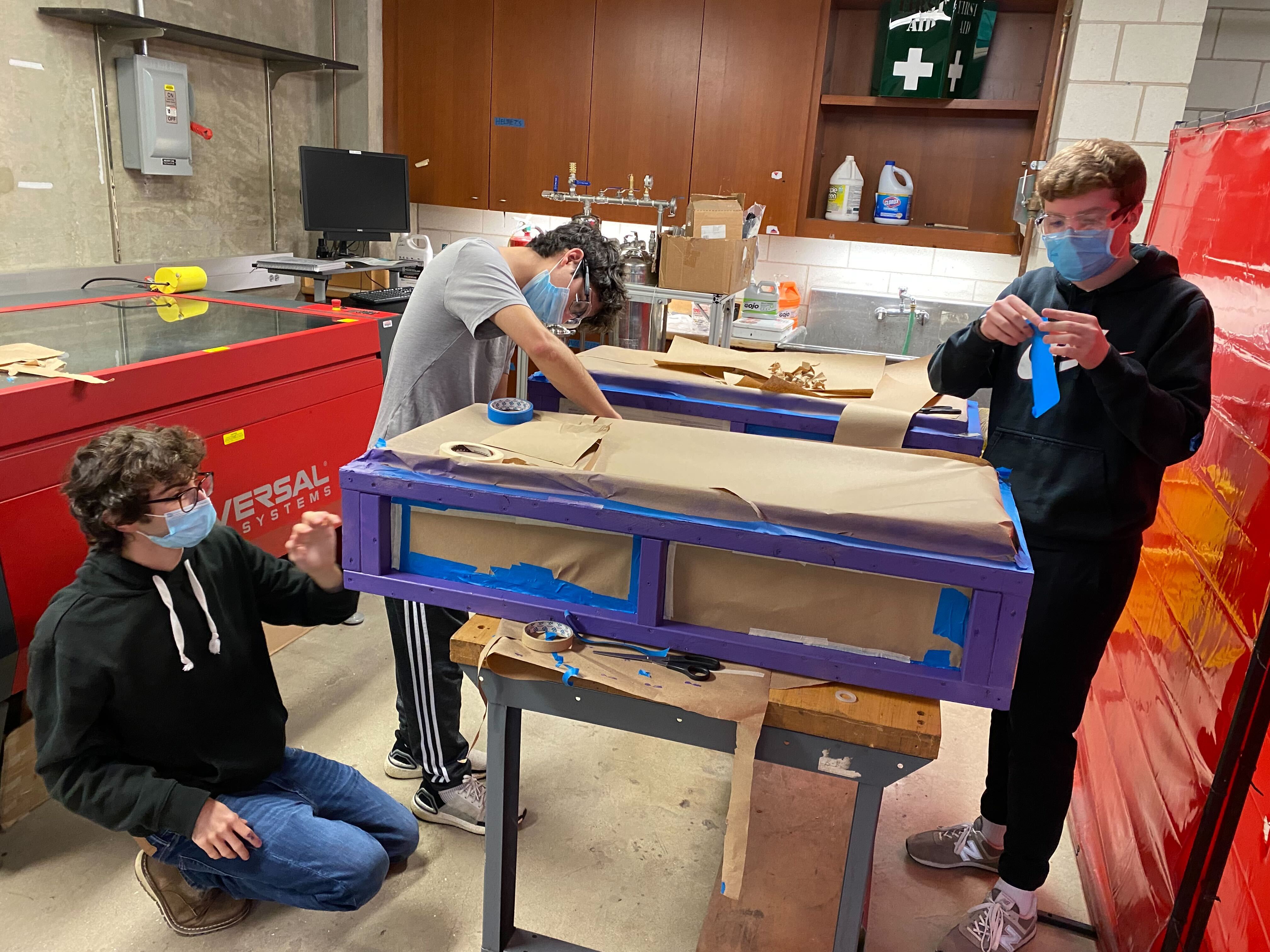
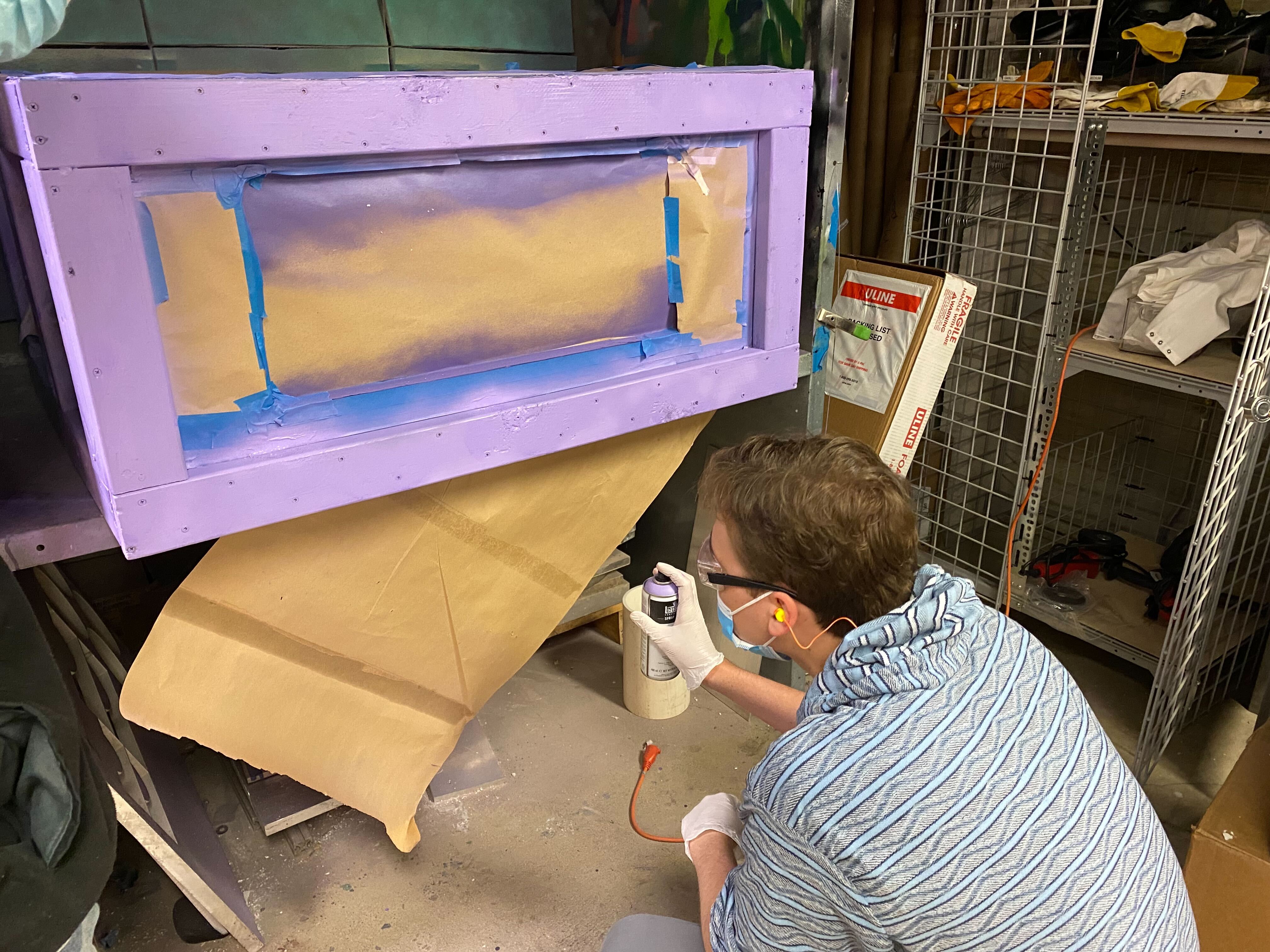
Our final product looked like this:
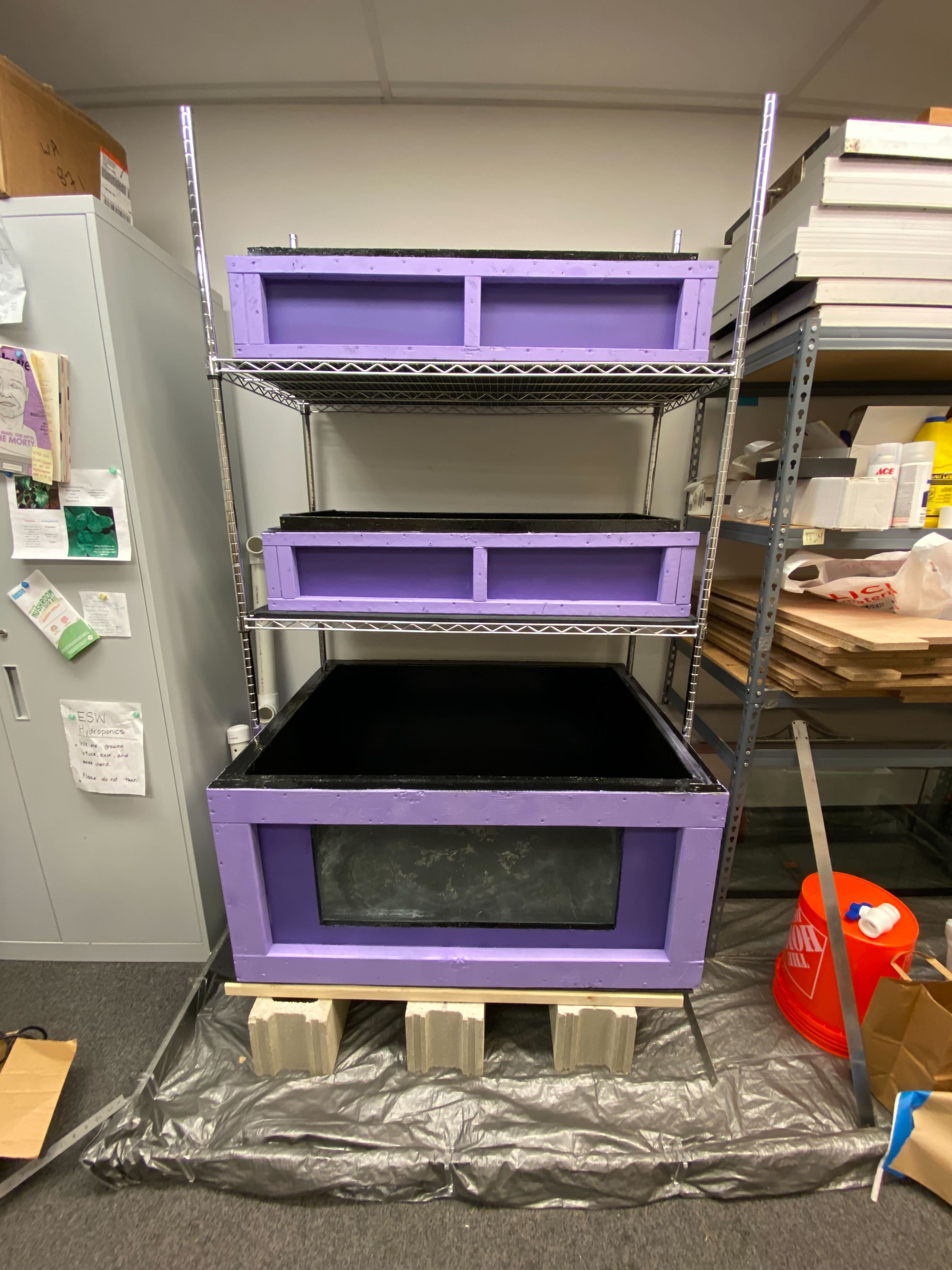
In addition, our plumbing team also built the 3-stage water filtration system we designed last quarter (see the blog post from Fall 2021 for the detailed diagram) and plumbed the fish tank, grow beds, sump tank, and all three of our filter tanks together. We are currently in the process of “cycling” the overall system, which involves dosing controlled amounts of ammonia in the water to build up the nitrifying bacteria population in the filter so that they can support the bioload our fish will apply on the system once we introduce them in the Spring.
Our members drilling the fish tank to get them ready for bulkheads:
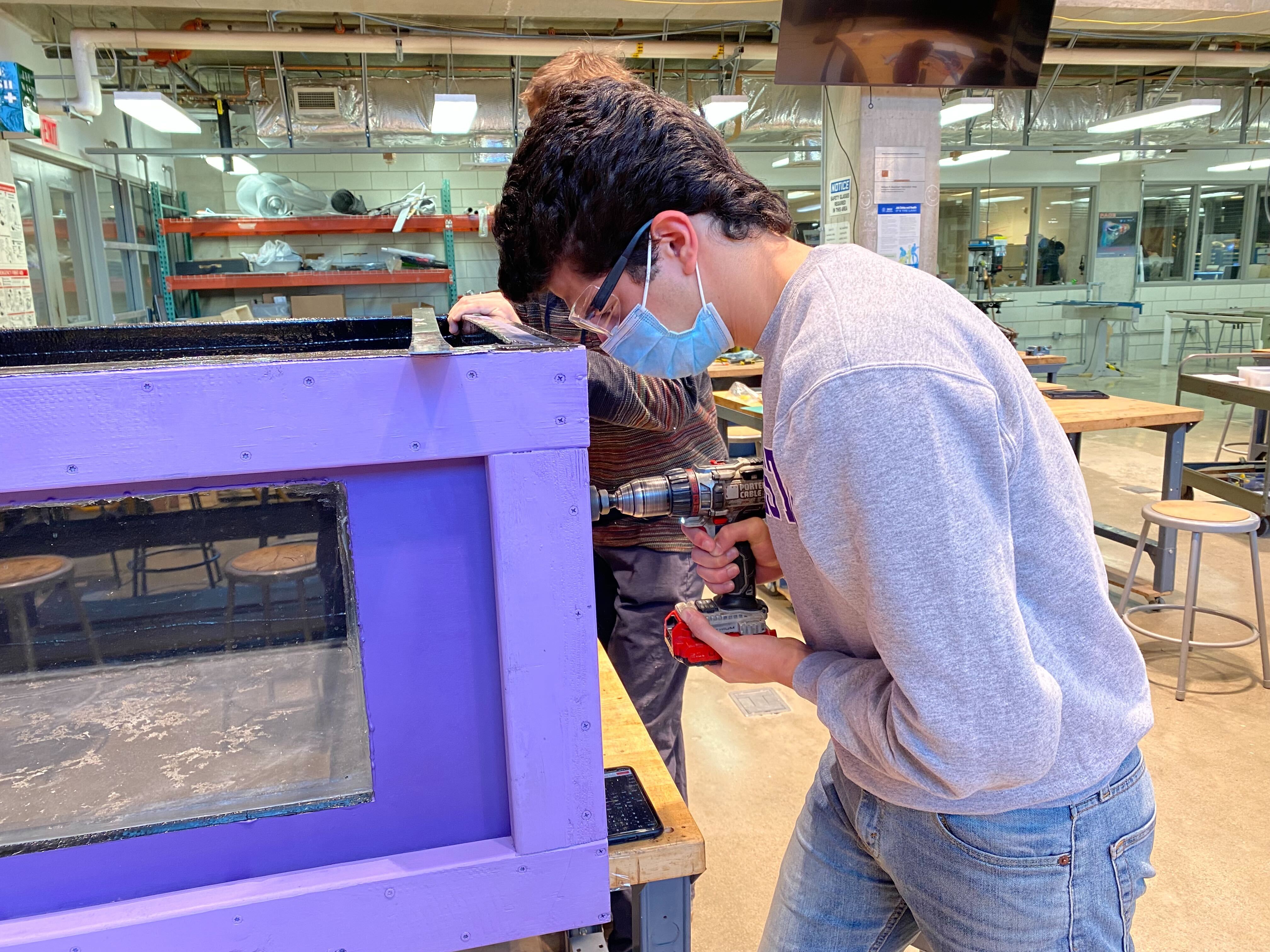
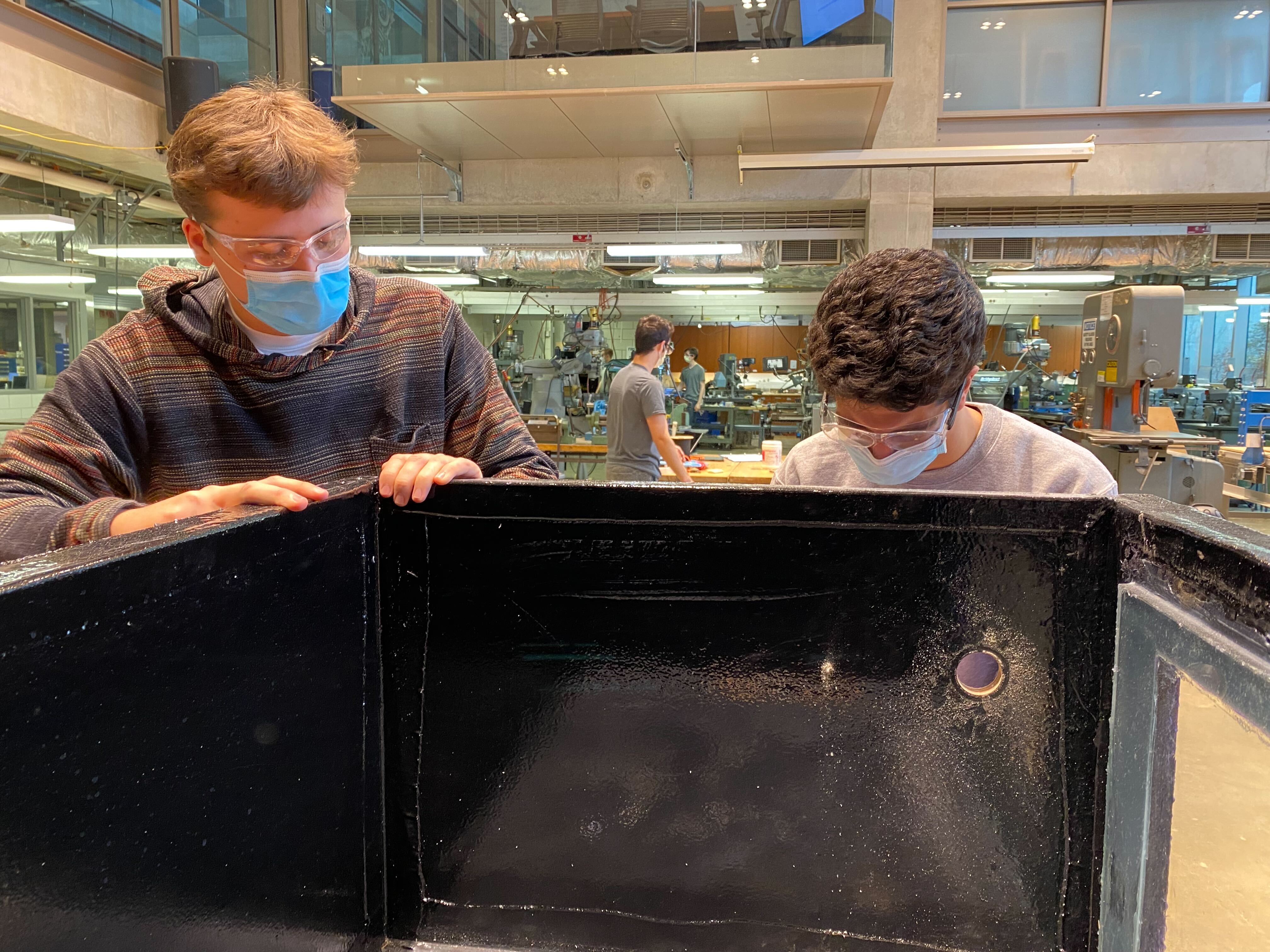
Building a wooden stand to bump up the filter tanks:
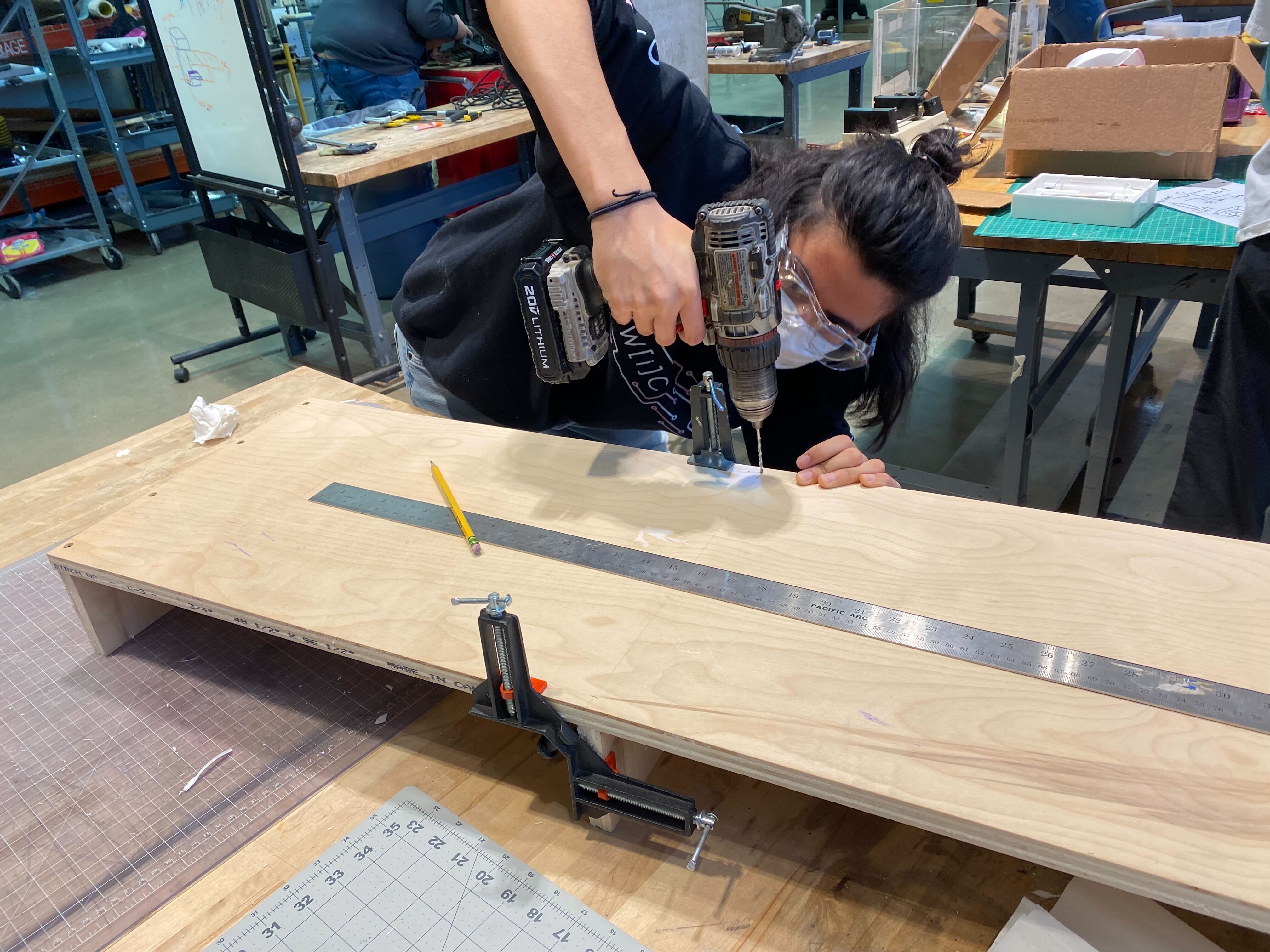
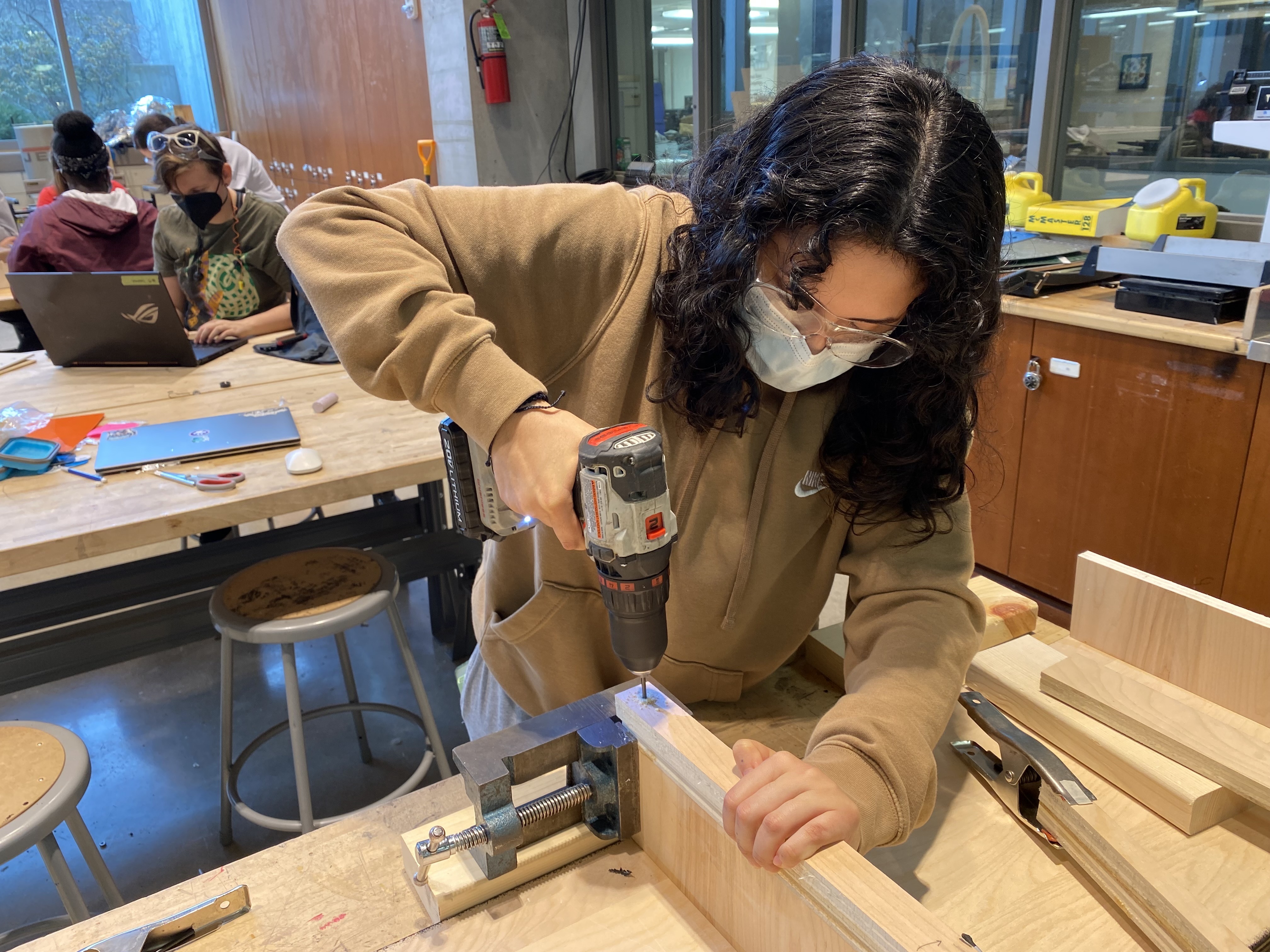
Filter stand in the middle of being coated in Pond Armor for waterproofing:
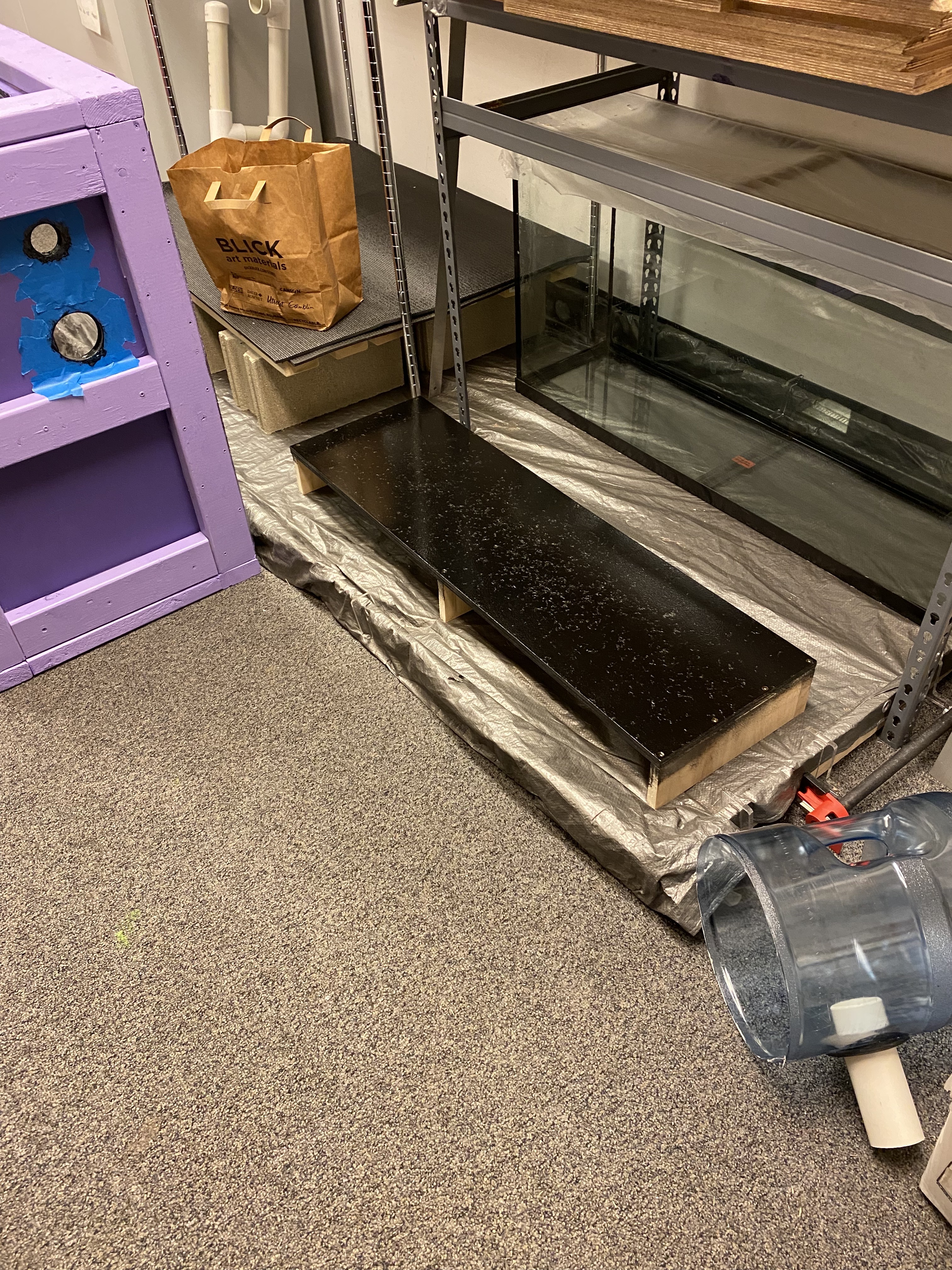
Cutting up 5 gallon jugs to turn them into our settling tank, membrane filtration tank, and biofilm reactor:

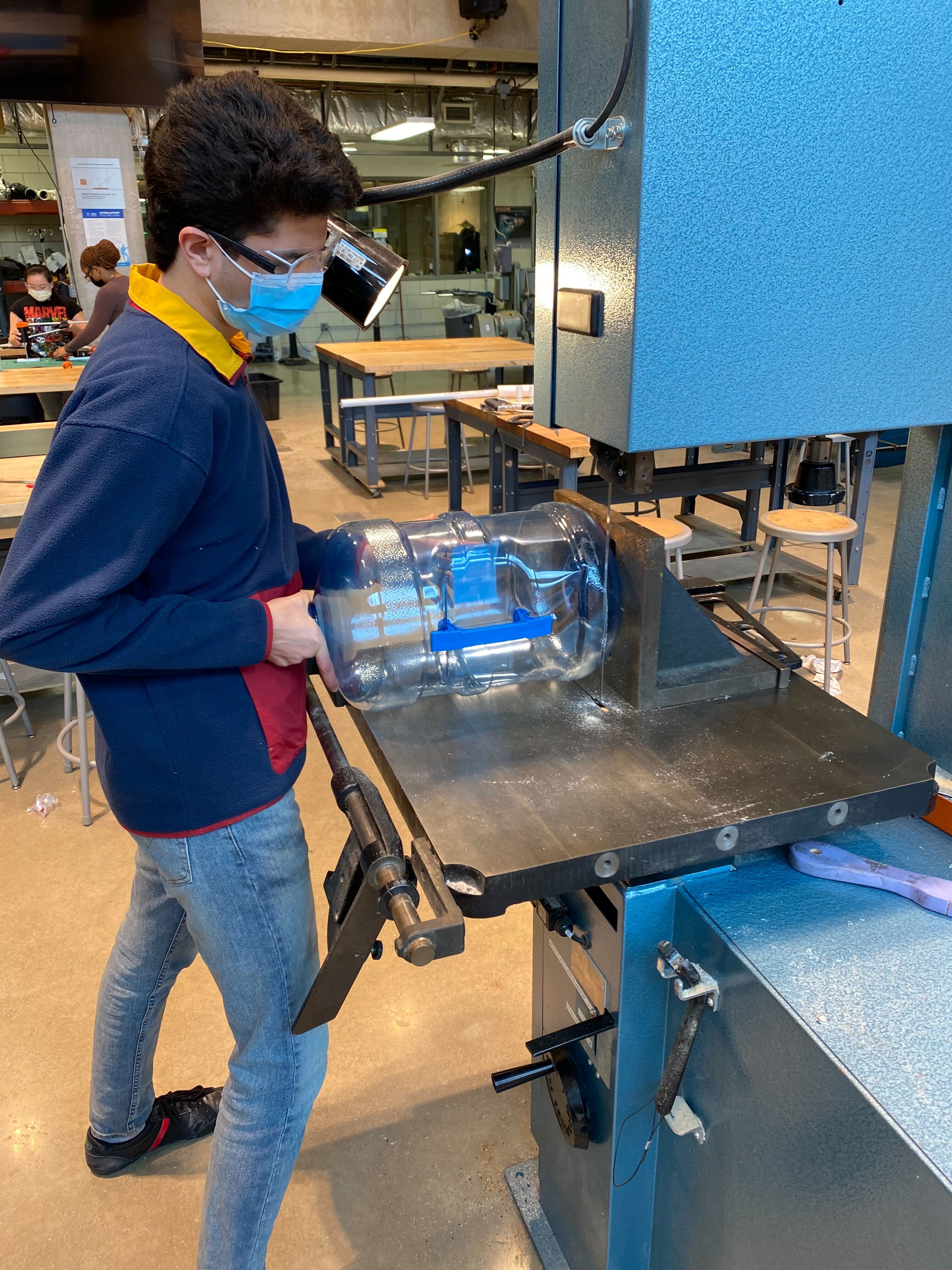
Assembling the system bit by bit with PVC cement:

Almost there…
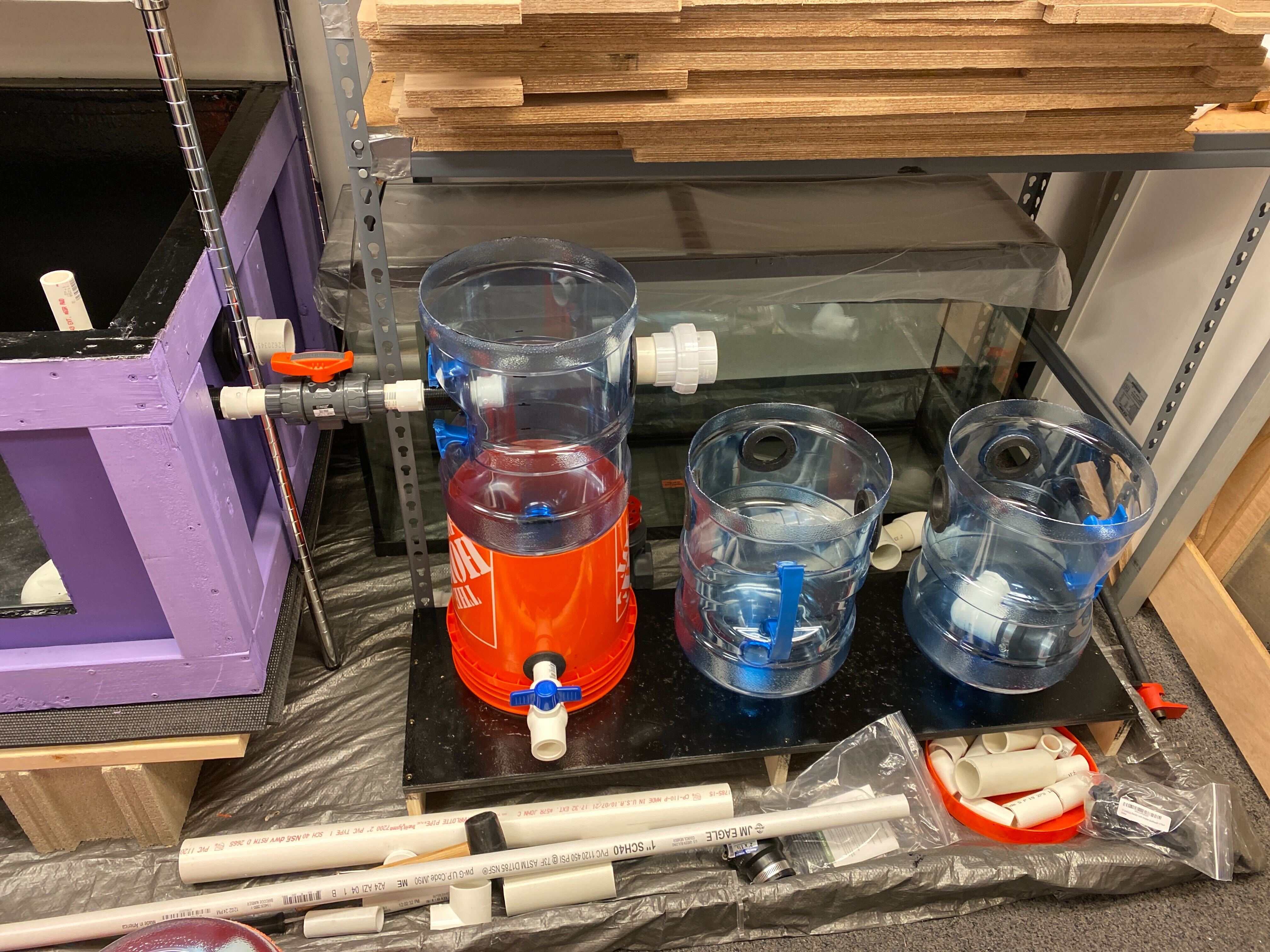
Little adjustments here and there…
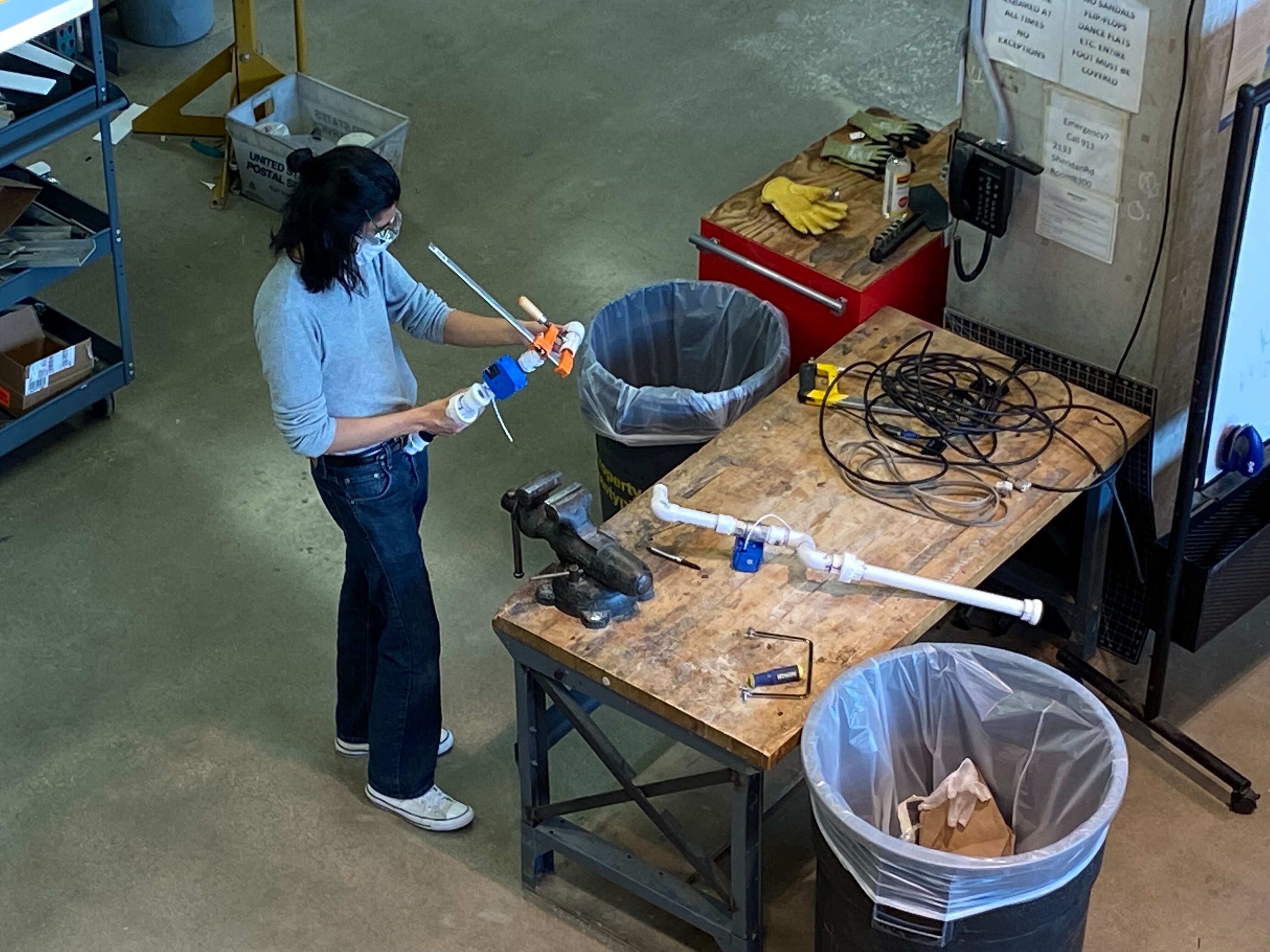
Completed system:
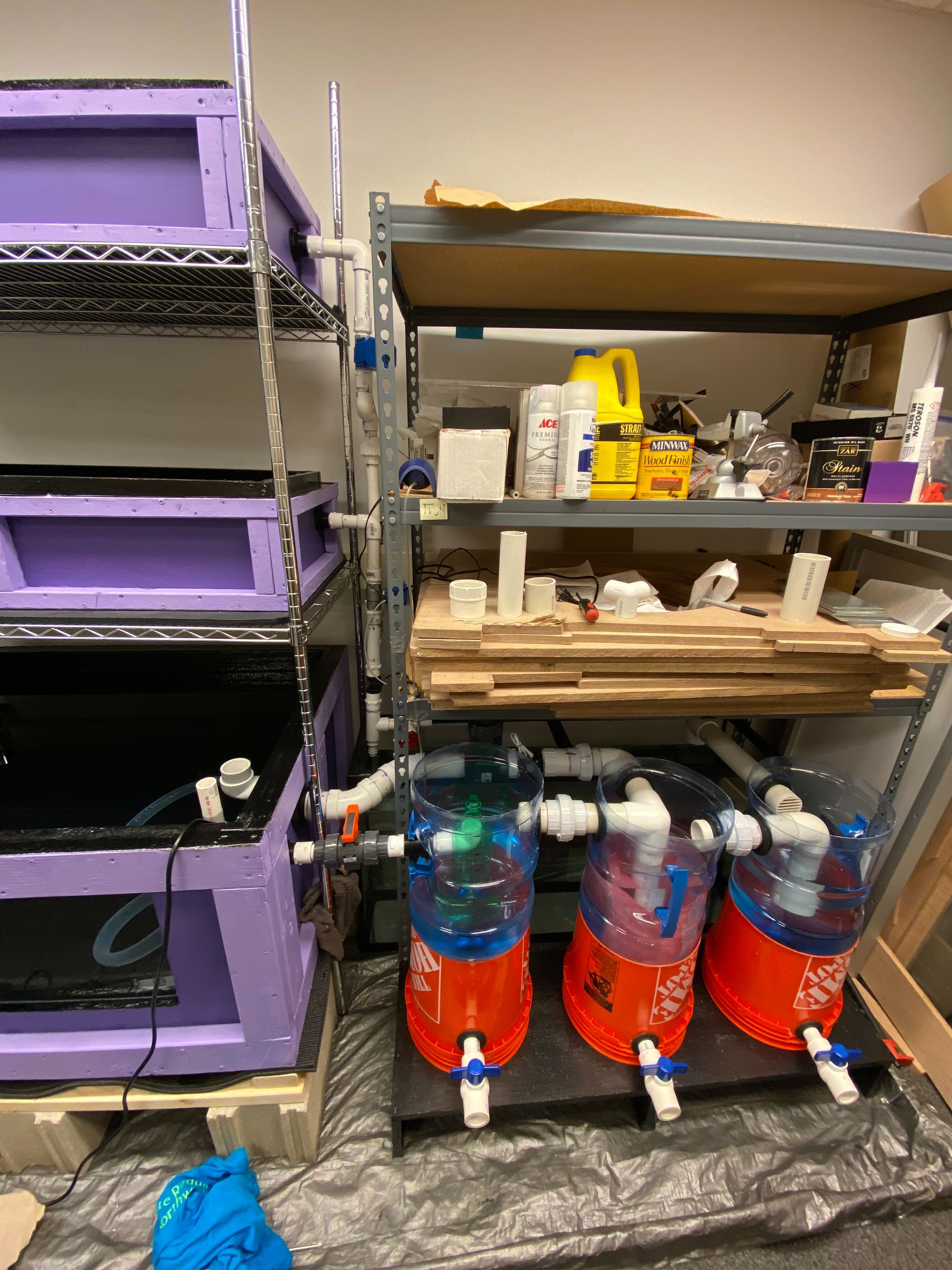
The tank closest to the fish tank is the settling tank, and it has a minimal amount of flow (only through that 1” pipe) coming from a solids lifting overflow (an overflow pipe that takes water from the bottom of the fish tank) to allow large solids to settle. This water (now free of larger solids) then overflows from both the top of the fish tank and the top of the settling tank into the membrane filtration tank (middle tank with pink floss in it), which removes the smaller solids. Finally, the now solids-free water goes into the biofilm reactor (tank on the right, empty in the picture) where a fluidized media with nitrifying bacteria growing in it removes ammonia and turns it into nitrate, which our aquaponic plants will uptake as their nitrogen source. The settling tank is a critical part of the design because it removes the larger chunks of fish waste from the fish tank that would’ve otherwise clogged the membrane filtration tank, which will greatly extend the longevity of our filter and allow us to go longer without cleaning the filter.
Team members water testing the system, hunting for leaks, and generally having a great time :)
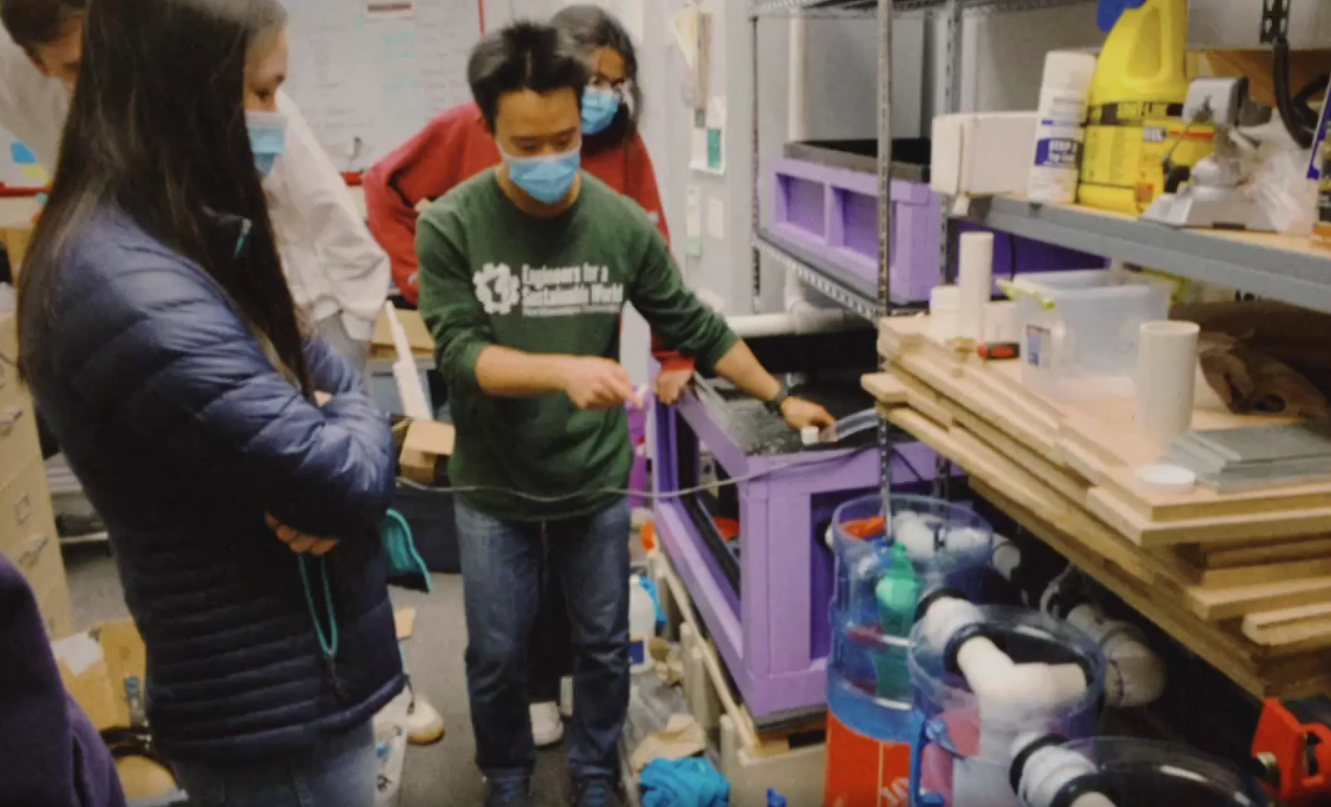
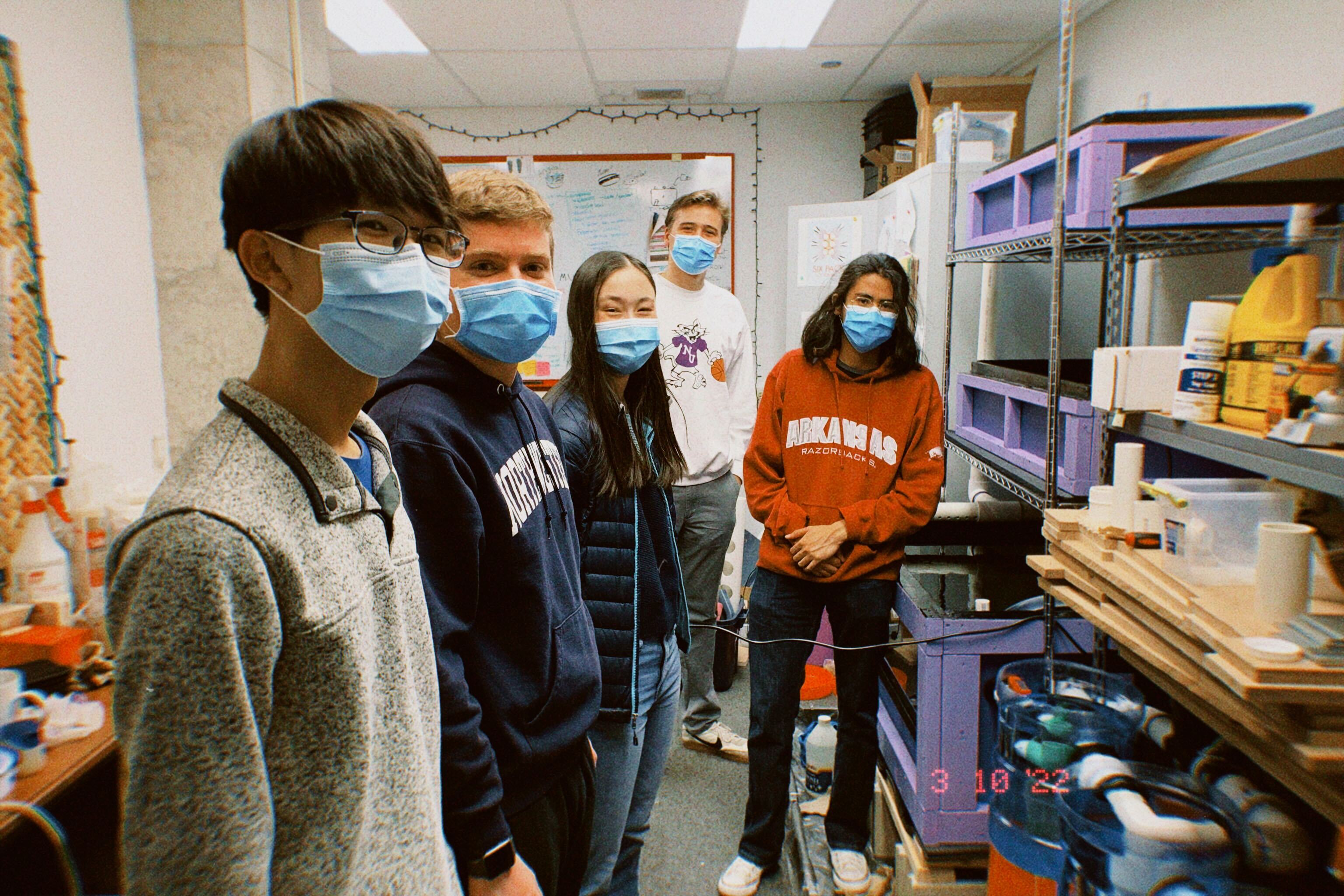
Biofilm reactor with fluidized media (K1 filter media) inside:
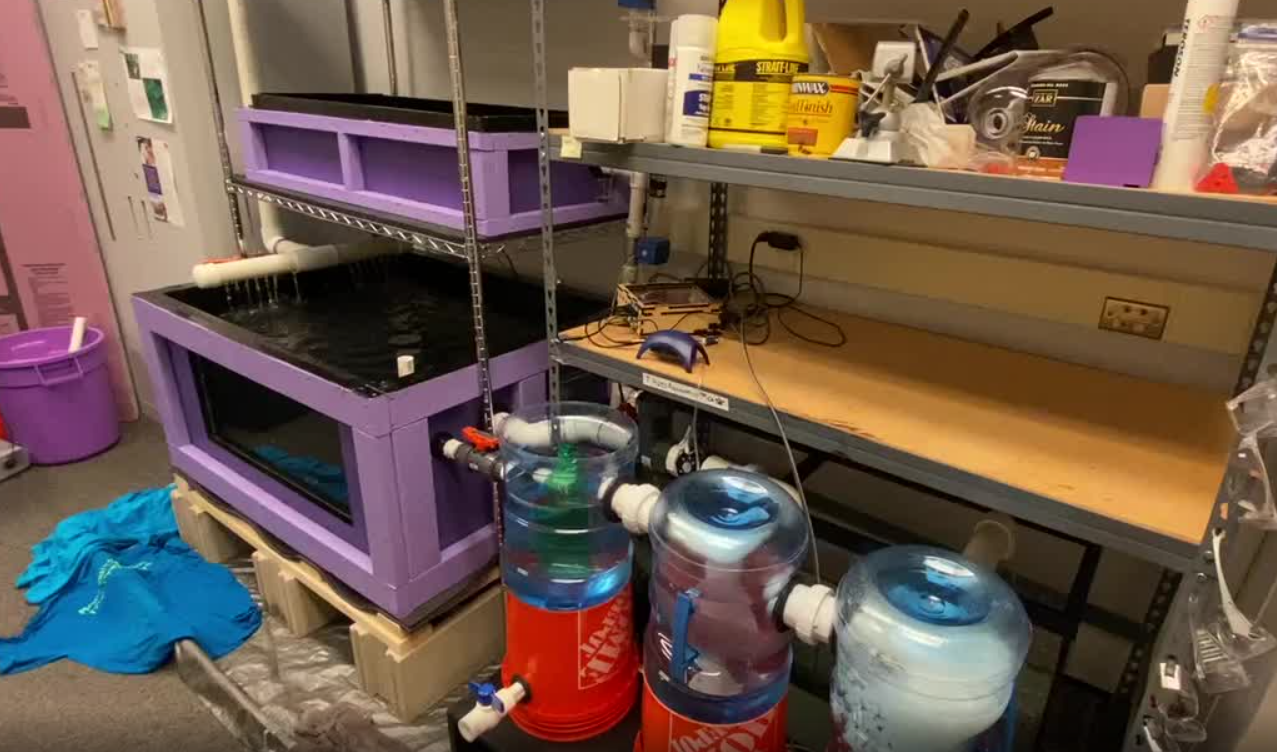
While our plumbing folks were busy finishing out their part of the system, our electronics team put their focus on building our smart ESP32 controlled outlet box. We designed a CAD of the box and laser cut it out of acrylic, which houses not only the outlet strip itself but also a number of transformers, screw terminals, and a 3D printed switch that allows the box’ integrated ESP32 to be either plugged into a micro USB connector (enabling users to reprogram it) or be directly powered by the outlet box internally. Our NodeMCU ESP32 breakout board does not allow it to be plugged into a micro USB cable and a 5V power supply at the same time, so this clever workaround will allow future members to improve the control system of the outlet box without having to open it and take out the microcontroller. The screw terminals on the outlet box will be used to power actuators such as our electric ball valves, which have since replaced our original solenoids for indexing water to the grow beds due to the fact that they are much quieter, have significantly less pressure loss, and can close slower to eliminate water hammer. The box also features a laser-etched AutoAquaponics logo:
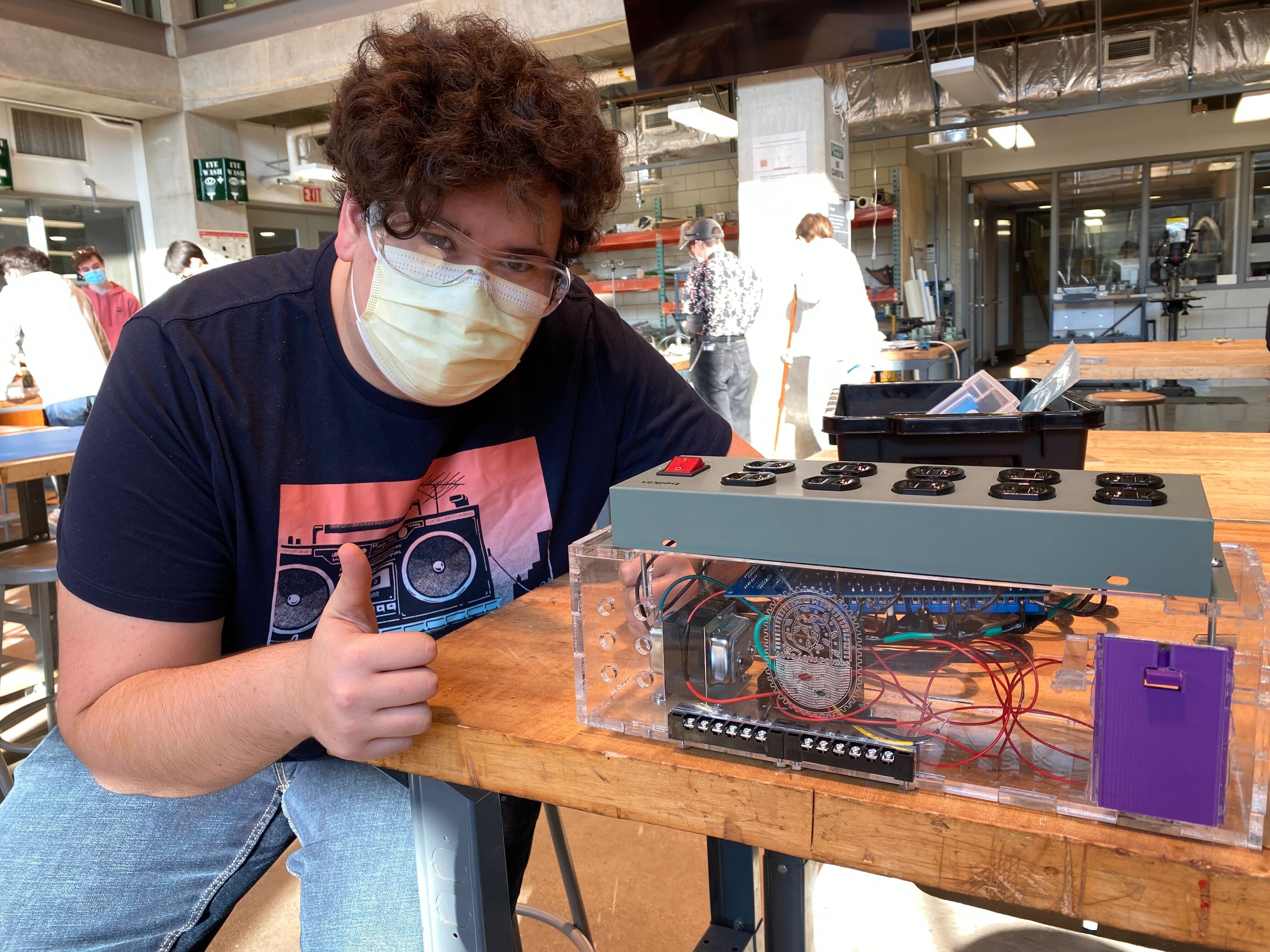
Because laser-etching is so much fun, we also spiced up our Raspberry Pi enclosure with our new logo:
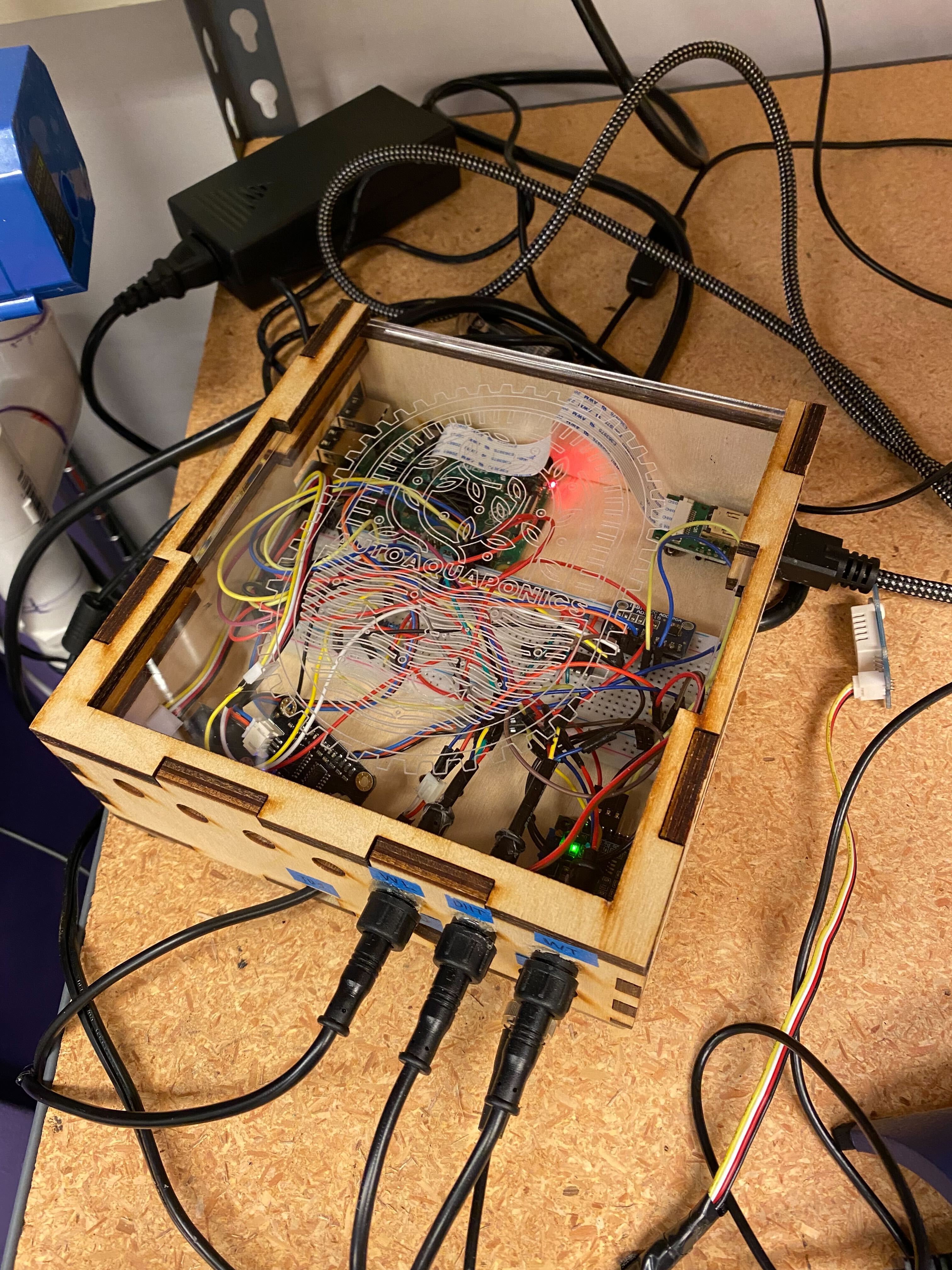
Lastly, our software team worked on fleshing out the format of the weekly update email that our program sends subscribed users, which includes a plot of each of our system parameters (not shown in image below) and also a table detailing their weekly high, low, and average values:
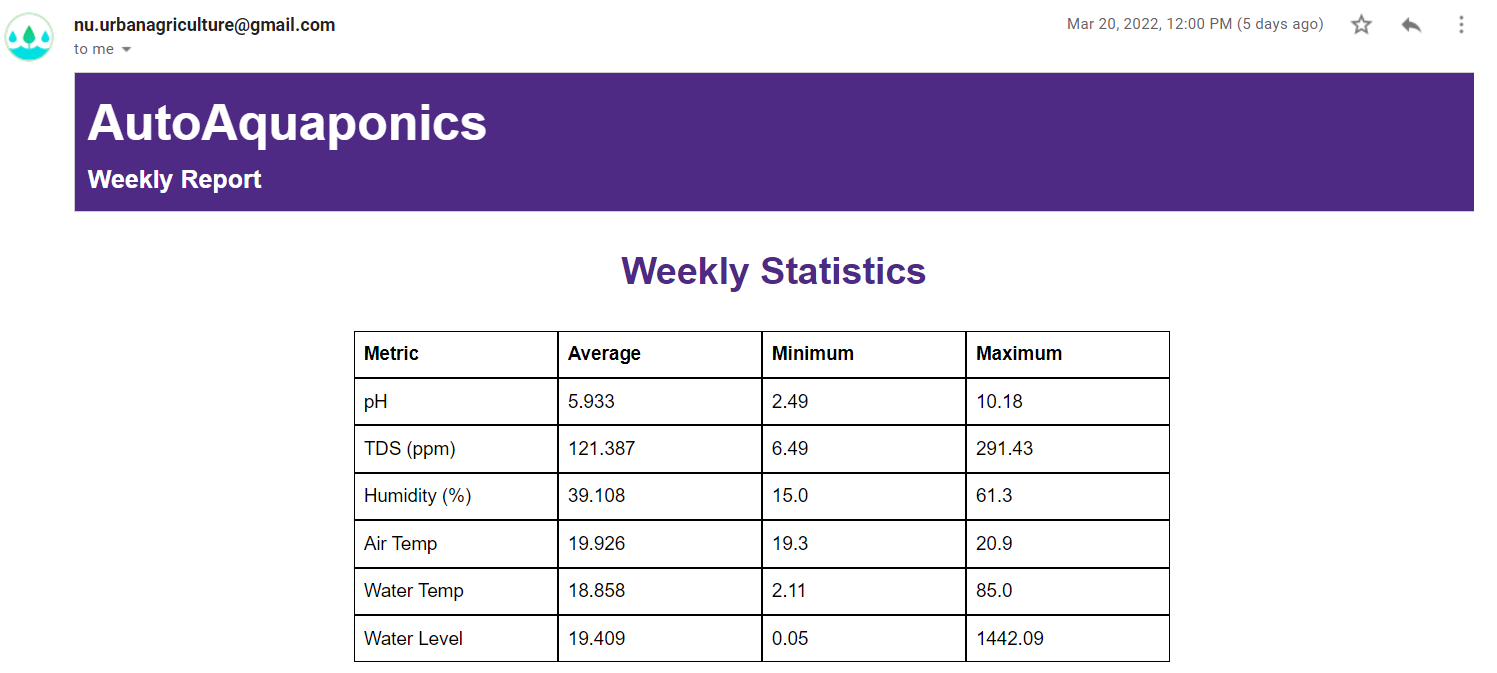
We also finished the BLE code on the Raspberry Pi side, allowing users to send BLE messages from the Raspberry Pi that encodes what devices should turn on when for the outlet box. The outlet box side of the code is projected to be finished early Spring Quarter, allowing us to run lights, valves, pumps, and other devices on various types of timers (daily timer, interval timer, etc.). More detail will come in our wiki upon the completion of the system. Finally, some of the Control Panel pages have been restructured for better user experience.
AutoAquaponics will introduce fish and plants at the start of Spring Quarter after the cycling process, and we hope to produce our first batch of crops around May of this year. We are also happy to announce our new sub-team leaders: Marcos Sanchez and Aymen Lamsahel (Plumbing sub-team), Ben Caterine (Software sub-team), and Yanni Wilcox (Electronics sub-team). They are all driven, dedicated members of AutoAquaponics who have a proven track record of leadership and success on our team, and we can’t wait to see where they will take our individual subsystems Spring Quarter and beyond!
AutoAquaponics team, Winter 2022
First row: Vianey Guadian, Bill Yen, Marcos Sanchez
Second row: Raymonde Council, Kobe Chamba, Natalie Brewster, Johnny Chen, Sandra Chiu
Third row: Kaitlyn Hung, Ben Caterine, Lester Tai, Yanni Wilcox
Last row: Aymen Lamsahel, Spencer Huie
Not pictured: Niv Landau
More fun laser cut products featuring our logo (wooden and acrylic keychains for our members):
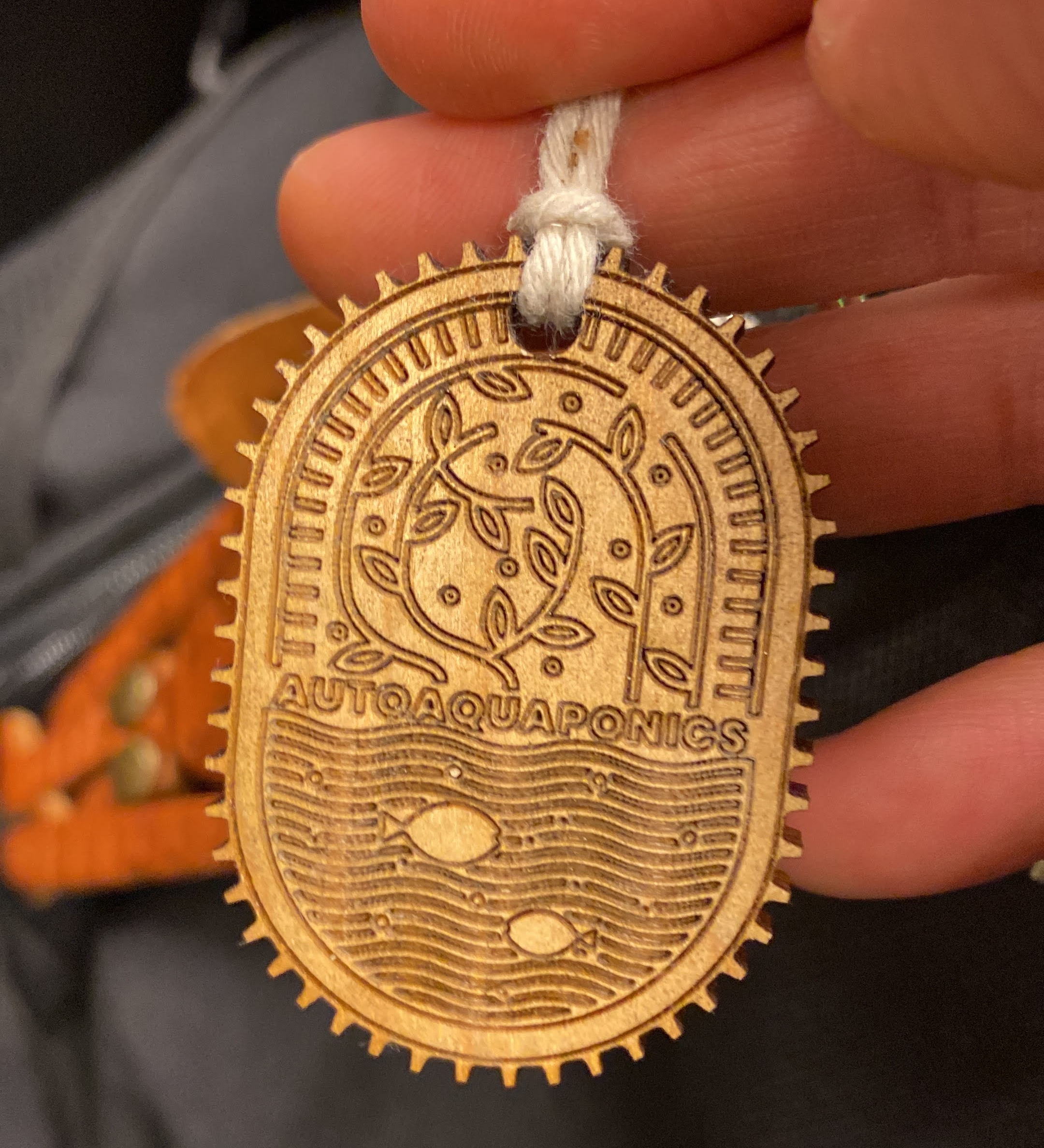
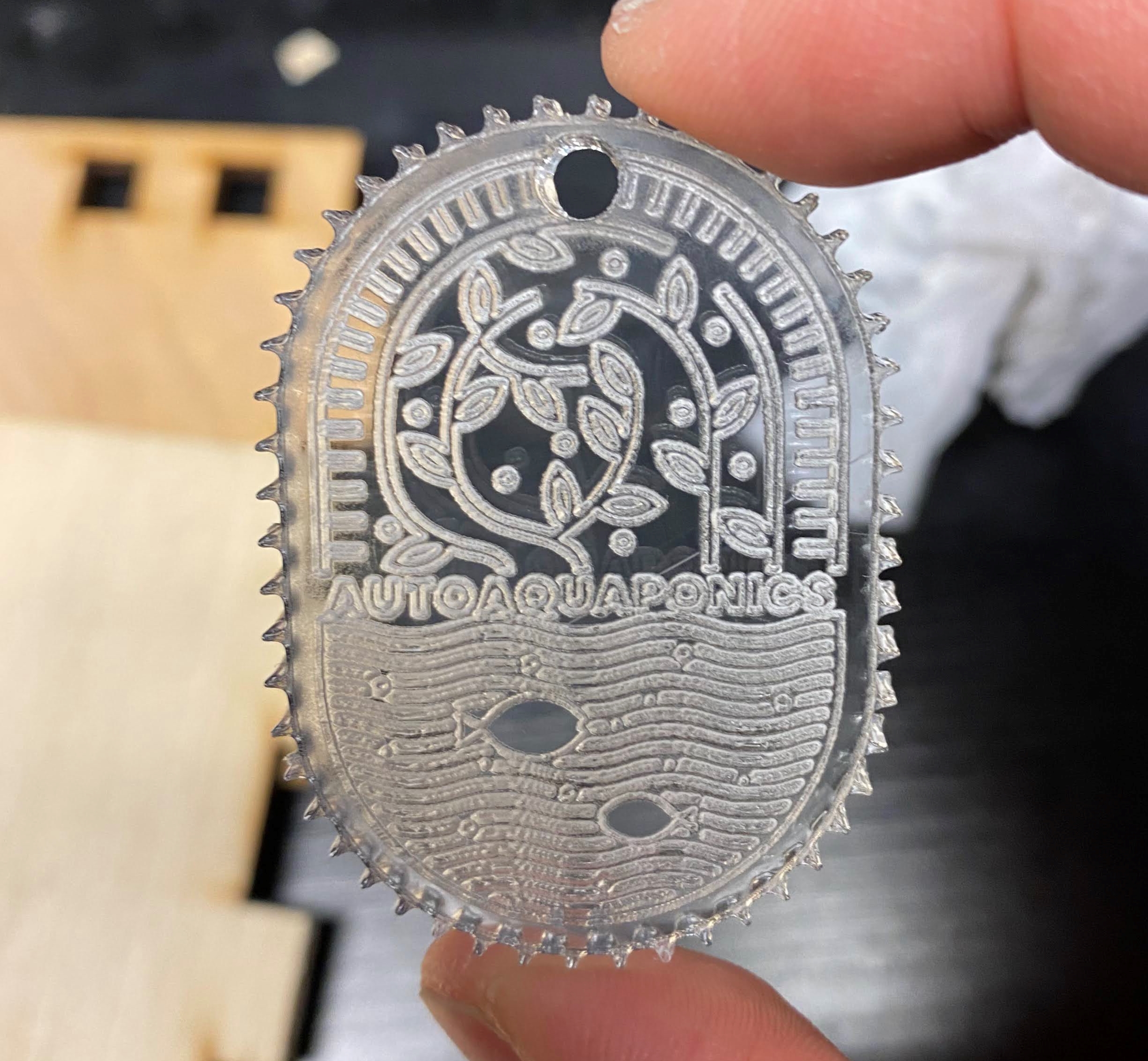
Thank you for your support as always, and don’t hesitate to contact us if you have any questions! Keep an eye out for more from us in the Spring!
Comments